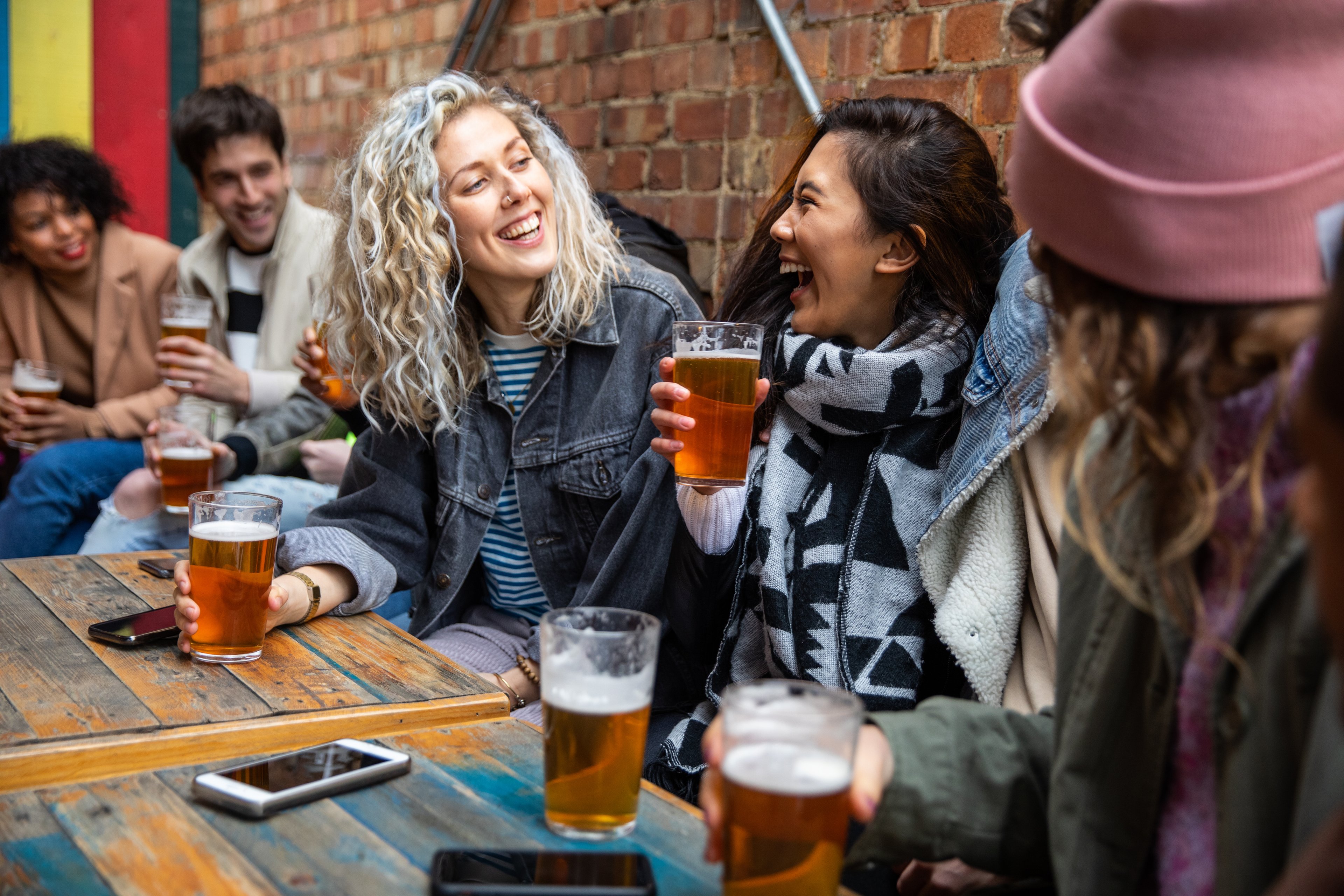The spirits industry is certainly dynamic in that it provides clearly defined reasons that it makes for a solid long-term investment, and other demonstrable reasons that it's best to stay away.
In the plus column, the spirits industry provides the most accessible, most affordable, and often, the only legal, high. Alcohol consumed one night is often out of the bloodstream the next day, leaving few visible effects. Spirits producers also have incredible pricing power because the barrier to entry in the industry and the amount of regulations surrounding liquor sales in certain countries are rigorous.
On the flip side, the long-term effects of alcohol consumption are highly debatable, but more often than not point to serious negative effects on the body. In addition, while they have survived most U.S. recessions just fine, spirits makers aren't immune to the effects of a pullback in consumer spending. Not to mention, the need for higher local and state taxes can always mean a higher price for alcohol and a detrimental effect on sales.
Given this tug-and-pull dynamic, let's take a closer look at what's driving multinational spirits and beer maker Diageo (DEO 2.64%) -- owner of Johnnie Walker, Crown Royal, Ketel One, Guinness, and multiple other brands -- and see if this liquor producer truly is quicker than its peers.
As the owner of both hard liquor and beer lines, Diageo must split its focus along two fronts. In spirits it must grapple against its two primary foes, Brown-Forman (NYSE: BF-B), maker of Jack Daniel's and Southern Comfort, and Beam (BEAM +0.00%), which (surprise, surprise!) makes Jim Beam, as well as Maker's Mark and other brands of spirits. In beer, it goes up against domestic and global giants like Anheuser-Busch InBev (BUD 1.69%) and Molson Coors (TAP 2.37%).
Hard liquor's sour grapes
Focusing first on hard liquor sales, the entire industry has to be concerned with an NPR report issued last year noting that in the 30-year time frame from 1982 to 2012, liquor sales dropped from 34.6% of store sales to just 12.6% of store sales. Replacing liquor in America's homes -- and even sniping away 1.2% from beer sales -- is wine. Wine now accounts for nearly 40% of all liquor-store sales.

Source: Rachmaninoff, Commons.wikimedia.org.
The liquor industry did note a 4% increase in sales volume in 2011, but this is a potentially disturbing trend that will require Diageo, Brown-Forman, and Beam to boost pricing to maintain margins. The problem with that is that boosting prices could further chase customers looking to save a few dollars away from that bottle of Jack Daniel's, Jim Beam, or Crown Royal into settling for a $9.99 bottle of local wine.
Beer producers look overseas
Beer, on the other hand, shows a lot of promise despite its near-term headwinds. In both Europe and the U.S., sales of beer have struggled as higher taxes and lower consumer-spending habits have sapped any growth prospects. This has caused some of the world's biggest beer producers to turn to M&A activity to drive growth and synergies that translate into bigger bottom-line profits.
Anheuser-Busch InBev, for instance, is purchasing all of Grupo Modelo's operations, sans its U.S. operations and northern Mexico facilities, in order to boost its international presence. Molson Coors did the same last year with its $3.5 billion purchase of StarBev in order to gain exposure to Eastern Europe's burgeoning emerging markets.

Source: Harald Bischoff, Commons.wikimedia.org.
Diageo has seen many of these same domestic troubles and is attempting to mix things up by trying to obtain a majority stake in India's largest distiller, United Spirits. The deal, if approved, would give Diageo one of the two controlling positions in a rapidly growing Indian market. However, opposition to the deal is mounting as stakeholders want Diageo to increase its offer and Diageo doesn't seem ready to budge.
By the numbers
Looking at Diageo's most recent quarter, we see a lot of expected trends playing out in reverse. Diageo's emerging markets -- specifically Nigeria and Brazil -- delivered weak results, while U.S. spirits helped balance out some of that weakness. Diageo did manage to boost organic net sales by 4%, although volumes fell globally by 1%.
So I ask once again: Is Diageo's liquor really quicker?
Certain aspects certainly look intriguing, such as its global diversification, top-notch line of spirits and beer, its growing dividend that's yielding just shy of 2%, and the fact that it can use its pricing power to fuel sales gains. Conversely, though, weak volume growth in hard-liquor sales, high levels of competition, and a forecast organic growth rate of just 4% over the next two years don't sound too thrilling next to a forward P/E of 17.
Ultimately, I'm leaning in favor of Diageo being a company to hold over the long term, but given the weakening trend in liquor sales over the past three decades and its recent weakness in emerging markets, I'd suggest steering clear until Diageo pulls back by about 25% from its current level.









